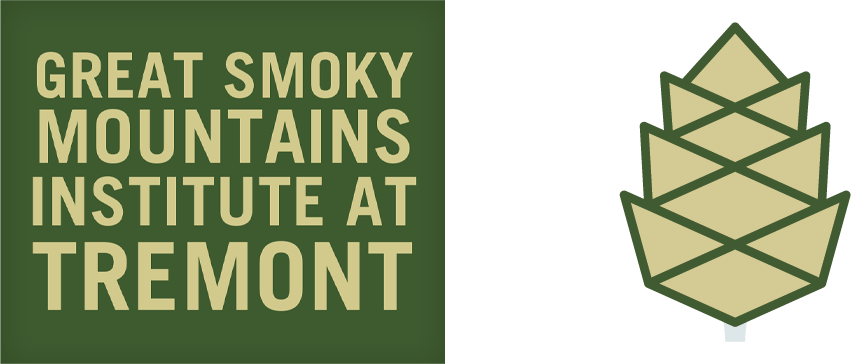LEARNING FROM THE LAND
With 194 acres to care for and explore, the campus provides ample opportunity for connecting with nature.
We already love this place.
We purchased 194 in 2019, excited to begin building our second campus. The pandemic caused us to pause construction planning, but we still had plenty of land to explore. Our staff and volunteers have spent countless hours getting to know the meadows, streams and hardwood forests. We’ve been treating hemlocks, indexing species, and hosting research projects. We’ve even begun growing food.
Increasingly, we’ve been taking program participants to the second campus to experience different ecosystems from our original campus. Even though there are no classrooms built yet, this place is teaching us.
“To see and respect what is there is the first duty of stewardship.” – Wendell Berry
In the national park, conservation is key. On our second campus, we are able to take a more active role in managing the land, moving beyond conservation and into restoration. As an environmental education center, we’re perfectly suited to model what a mutually beneficial relationship with the land can look like.
A biological inventory shows that our meadows provide habitat for nearly 300 species of vascular plants and at least 34 species of birds. As stewards of the land, we have the opportunity to not only protect existing habitat, but also create new habitat to increase biodiversity.
We will take our cues from the land as we implement regenerative land management practices, potentially including:
- implementing controlled burns to restore meadows, increasing pollinator and bird habitat
- removing invasive species
- creating natural fire barriers
- treating and restoring our hemlock population
- streambank restoration
- planting food forests and growing perennial food crops
- hosting restoration research
- sustainable timber harvest for construction, fuel, and crafts
- grazing animals and other agricultural practices that increase soil health
This land presents a unique opportunity to demonstrate that promoting healthy ecosystems and providing for human needs are not exclusive, but rather, integral to one another. We will proactively participate in the ecology of this place by growing food, building healthy ecosystems, encouraging healthy soils, and supporting healthy, empowered people.
The proposed development is thoughtful and concentrated so that over 150 acres are preserved for habitat, agriculture, and educational opportunities. In the long term, we intend to place over 75% of the land under a conservation easement to permanently protect the property from future development.
We aim to be good stewards.
Tremont plunged into novel territory when we purchased land in Townsend for a second campus. As long-term tenants of the national park, we have maintained infrastructure and programming areas at our Walker Valley campus since our founding in 1969. Until now, however, we have never needed to address the sorts of questions faced by landowners:
What do we do with this place? How do we take care of the land? How can we nurture a mutually beneficial relationship with this land?





